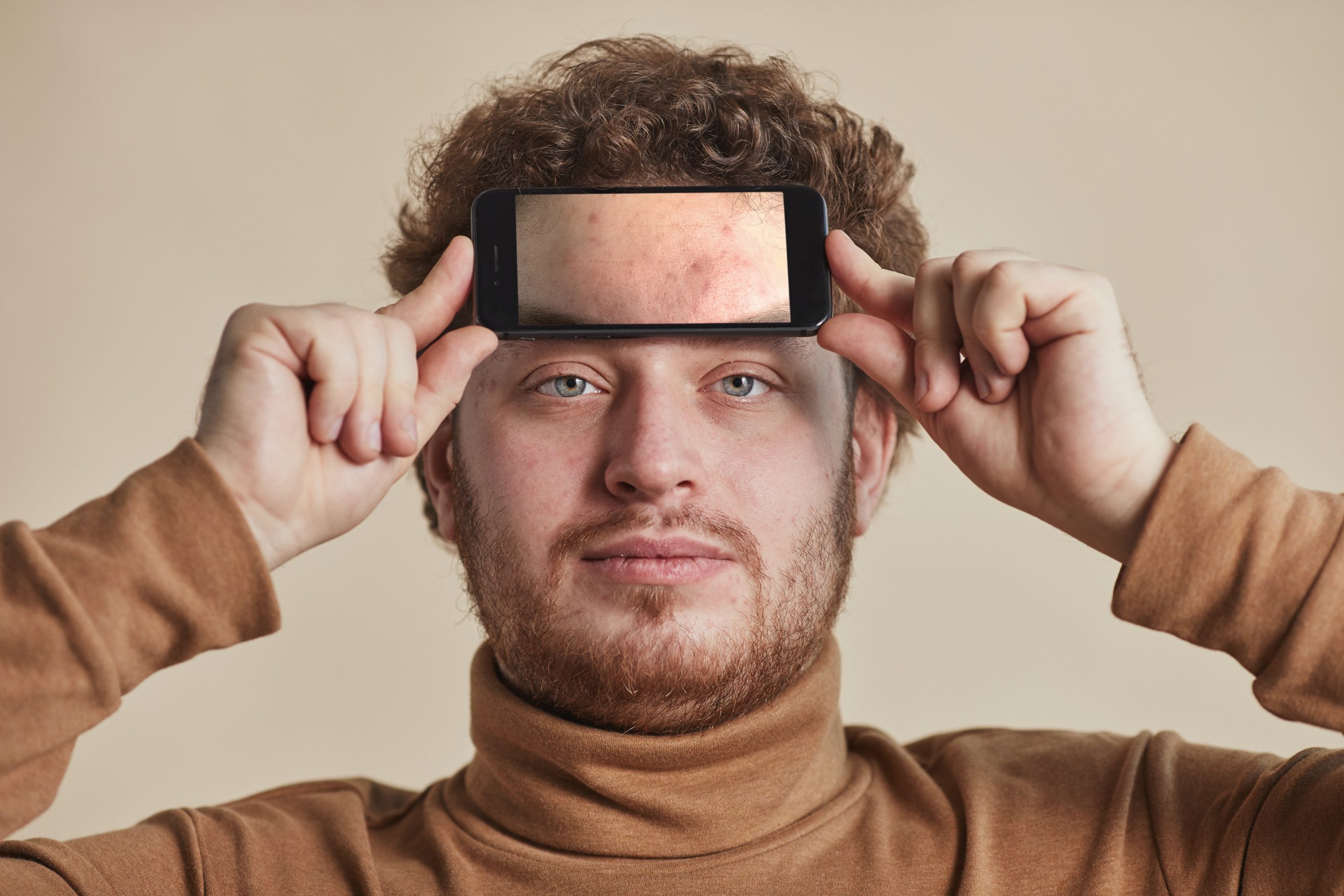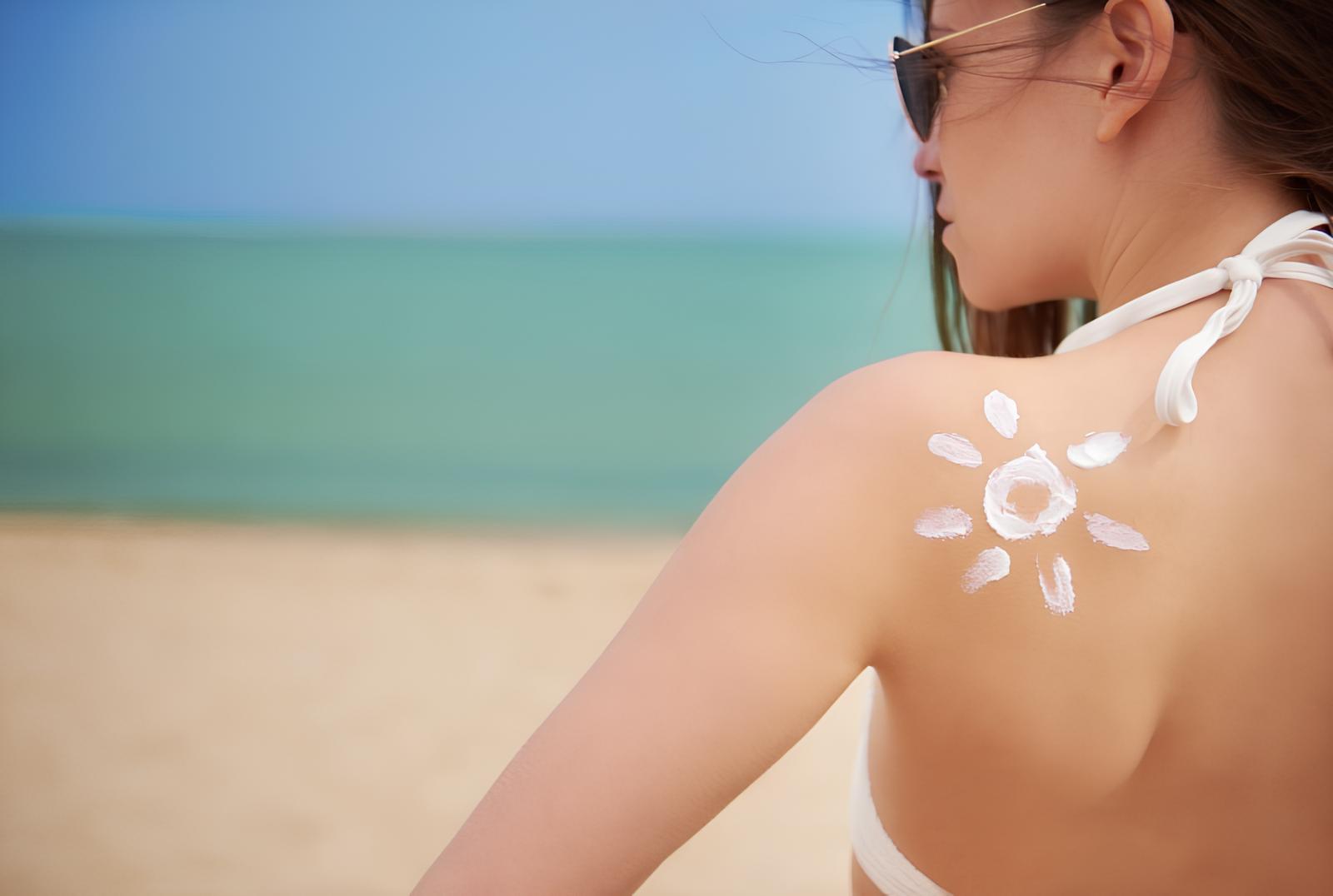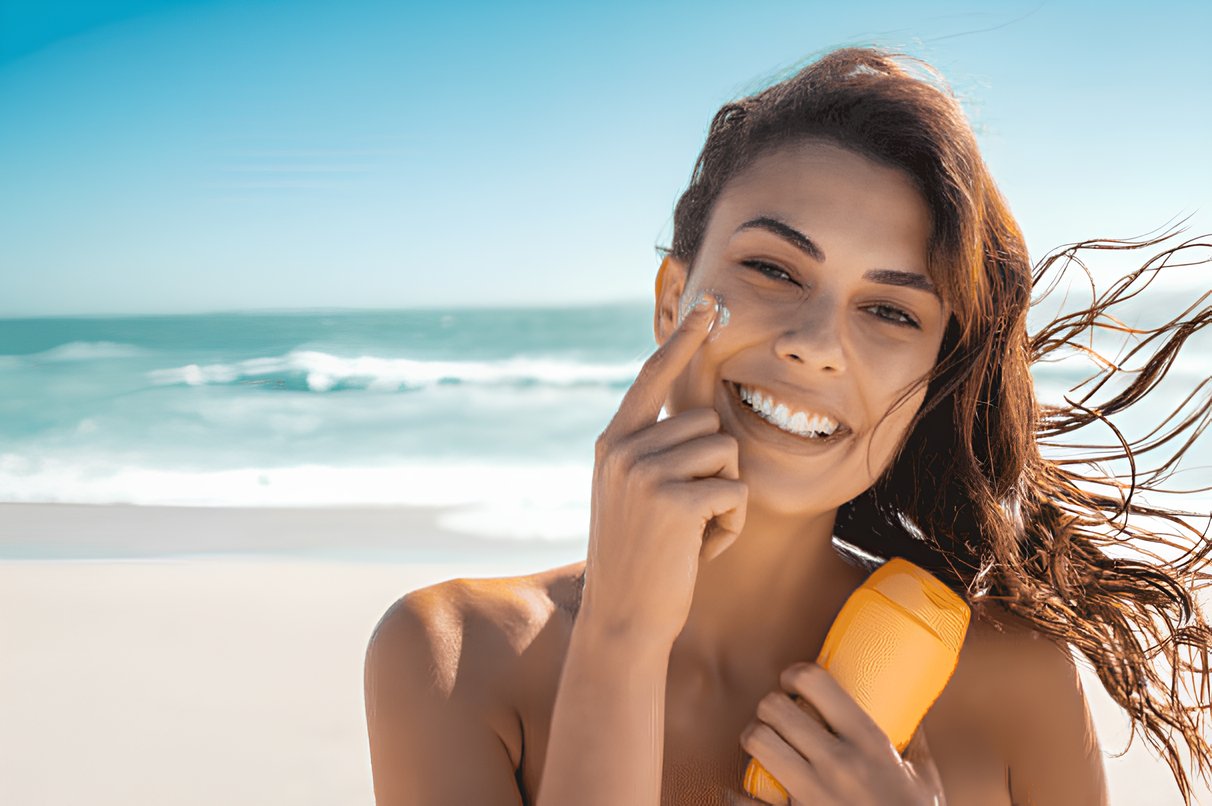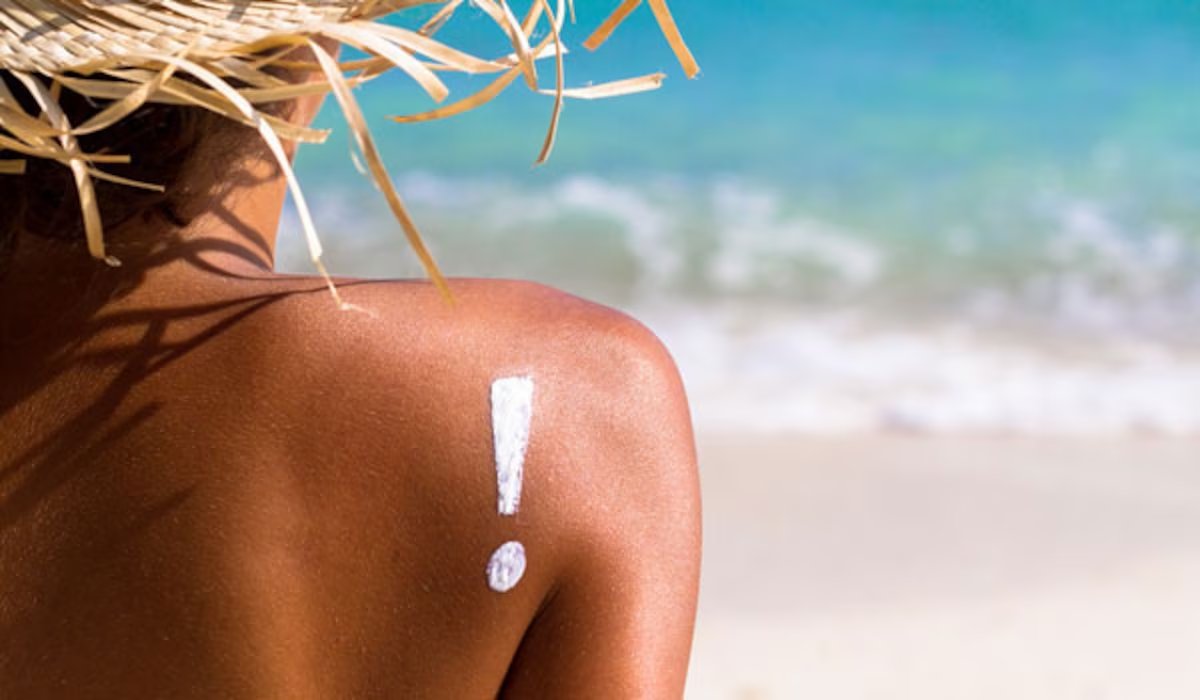People in Western countries love the shiny, bronzed skin that results from tanning. If you live in the hemisphere where the harshness of cold weather has deprived your skin of the vital benefits of solar heat, there a high chance that you are looking forward to that perfect summer season that makes your body perfectly tanned. If you are on your vacation and looking to get the bronze body tone, it may take a few hours to days to get that desired tanned body.
However, soaking in the sun for more than a certain period may harm your skin as its UV rays pose a high risk of developing severe skin issues. While looking for a tanned body, you may develop severe skin complications. It raises a very valid question: ‘How long should I soak sun to get a tanned body?’
In this blog post, we have enlisted all the careful ways to get tanning and the period during which your body starts tanning without causing skin damage. Let’s start with the factors resulting in skin tanned sooner or later.
Factors That Affect the Skin Tanning
The time a skin takes to tan is different for different skin types. For example, the time slot that a dark-colored skin takes to tan is different from that of light-colored skin. Similarly, the climate and the environment are other significant factors determining the time required for tanning.
- If you live in areas at higher altitudes, your skin will get tanned faster because the sun’s rays reach fast at higher altitudes.
- Melanin plays a vital role in tanning. With excessive melanin production, the skin gets tanned rapidly under sun exposure. Since dark-colored people have more melanin in their skin, they are more likely to get tanned faster than people with light-colored skin. On average, the darker skin shades take around 30 to 40 minutes (max) to get tanned, while the light-colored shades take 60 minutes of sunbathing to get tanned.
- The climate with high humidity levels makes tanning faster due to increased moisture in the surroundings.
- The time of the day when the sun shines maximum is another significant factor determining the tan timing. If you tan at a maximum sun-shining duration, your skin will develop a bronze tan faster.
- Wearing an SPF can delay the tanning speed while also protecting your skin from the damage of sun rays.
- Taking indoor tanning beds helps you achieve tanned skin faster, but the frequent use of indoor tanning beds is strictly prohibited.
How Long Does it Take to Tan Outside?
Considering all the vital factors which play a role in skin tanning, you may take sun exposure till you get tanned. From as low as 10 minutes per session to as long as a week, it depends on the skin color and climate and how long your skin will take to get that perfect tan. The basic factor that plays its role in skin tanning is the amount of melanin which is responsible for giving color to the skin, eyes, and hair. Dark-colored skin has more melanin found in it than light-colored skin, which is why people with darker skin get bronzing effects of tanning faster within a few hours.
Also, wearing sunblock is yet another significant factor that filters the UV rays before reaching the skin; for example, an SPF of 30 blocks up to 96% of UV rays, while an SPF of 50 filters almost 98% of the sun rays. Wearing an SPF is important for tanning effectively without burning the skin and preventing it from sun damage. To avoid the lobster tan, you should soak in the sun early in the morning or late afternoon. Sun exposure between 11 AM to 3 PM is the most dangerous on the skin when the skin heat has a high intensity that penetrates into the skin, causing irreparable damage. If you are soaking in the sun during this time, do not forget to wear sunscreen with high SPF and also wear sunglasses to protect your eyes from any damage caused by the sun.
Tips for Tanning Faster
There is no such thing as a ‘safe tan’ as the sun’s heat, when it penetrates the skin, damages it to some extent. People with lighter skin shades usually take longer to get that shiny bronzy tan. If you have lighter skin and want to tan faster, there are some useful tips you may follow if you are impatient with the slow tanning process. However, remember that fast ways of tanning do no good to the skin and rather make skin look leathery.
Spray Tan
Do you want to get tanned without directly soaking in the sun’s heat? Yes, that is possible with a spray tan which is quite popular nowadays. The chemical composition of spray tans reacts with the amino acids on the skin and enhances the desired bronze color without harming the skin. While choosing a spray tan, always look for a product with lower DHA levels to add gradual tanning to the skin. Spray the product on the skin according to the desired glow for example, on lighter skin shade, you may apply a few layers of the spray, while on darker shade skin, you need to put several layers of the product for the glowing tan. A light spray tan lasts 5 to 6 days, while a darker spray lasts up to 12 days.
Tanning Lotions
Using tanning lotion is another easily accessible tanning product that works effectively on all skin shades. For those concerned about applying chemicals on the skin, a self-tanning lotion is approved by the FDA and is harmless on the skin. A tanning lotion is a great way to add bronzed shine to the skin if you want a quick tan for some special occasions. However, the composition of self-tanning lotions does not protect your skin from harmful sun rays, which is why it is always recommended to wear sunscreen while going out.
Add Some Beta-Carotene-Enriched Food to Your Diet
Your diet plays a vital role in almost every aspect of your lifestyle, and you will be surprised to know that adding a few changes to your dietary routine may get your skin tan faster. Carrots, kale, and tomatoes are rich in beta-carotene; consuming these food items can help you get a healthy tan. Also, fruits like papaya, watermelon, and guava prevent your skin from sun damage during sunbathing.
Prepare Your Skin
Before exposure to indoor or outdoor tanning, remember to prepare your skin through exfoliation. Exfoliation takes out dead skin cells and helps you tan faster. Applying aloe vera gel after tanning helps your tan stay longer.
Take Cold Shower
Hot showers or hot baths are more likely to shed down skin cells, and if you have the desired tan level on your skin, it is recommended to avoid taking hot showers. You may take cool water baths to prevent the rapid shedding of tanned cells.
How Long Does it Take for Skin Tan to Fade Away?
Whether you get a lighter tan or darker, it will fade away eventually. You may opt for ways to tan faster, but you can only do something to let the tan stay for a maximum of a limit. Every skin has a different time pattern for getting tan; similarly, every skin tan goes after a different period. As the old cells are replaced by the new cells, the skin’s top layer sheds down, taking the tan away from it. During the skin renewal process, all types of tans go through lesser or more color loss. Through scrubbing and moisturizing, you may prolong the health of your skin cells so they may not take away the tanning and maintain a glow on your skin.
People are usually concerned about how long it will take for the tan to go away. Different types of tans have different life spans for example, spray tan lasts almost 10 to 12 days, and if your skin gets exposed to the sun during the last period of 10 to 12 days, it means that your tan will go longer.
Tanning Beds – are They Safe or Not?
You must re-think if you think of getting on the tanning bed only to make your body look naturally tanned instead of soaking in the sun. As stated earlier, there is no such thing as ‘tanning safely,’ and the risks associated with indoor tanning are greater than the outdoor tanning. The excruciating harmful effects of tanning beds lead to severe eye and skin complications and increase melanoma chances by more than 20%. The more time you spend on a tanning bed, the faster your skin cells start to degenerate, increasing premature aging signs.
The UVA rays emitted by the tanning beds penetrate deeper into the skin layers, severely damaging the skin’s collagen and elastin. Once the collagen is affected, it loses its natural ability to protect the skin, resulting in acne, dark spots, and wrinkles. It’s not just the skin that is affected by the tanning beds, but you may also put your eyes at risk, as the harmful UVA rays may increase the risk of developing ocular melanoma followed by other serious internal and external eye diseases. Moreover, melanoma resulting from indoor skin tanning is the most complicated type of skin cancer with a higher chance of spreading to other body organs.
Bottom Line
Risks associated with tanning cannot be avoided. If you choose to get a tan outside, limit the amount of time you spend doing it. Remember to hydrate well and wear sunscreen while also keeping on taking intervals. On average, most people will tan within an hour of soaking in the sun, and their skin starts showing signs of sun damage. Also, there is no need to get tanned skin by using tanning beds as these beds only cause skin diseases. With such a huge variety of skin tanning products available in the market, you don’t have to hop on indoor tanning beds and keep yourself safe as much as possible.
Frequently Asked Questions (FAQs)
Is it possible to get tanned in just one day?
Yes, getting tanned skin in one day is possible if you spend more than the recommended time duration under the sun. However, this is not a healthy way to try, as too much sun exposure for too long results in various severe skin complications, including skin cancer.
How does floating above the beach or pool help in fast tanning?
It is proven that while floating above the pool or beach, you may get tanned skin faster due to the sun’s rays being reflected directly on the skin. However, if you tan by floating in the pool, do not forget to take regular breaks to protect your skin from any damage.
Is tanning safe?
Whether tanning for a longer period or just for a shorter duration, tanning is not safe for the skin. Sun exposure without sunscreen makes the skin susceptible to developing wrinkles, dead cells, acne, and dark spots.
What are the risks associated with tanning?
Tanning for longer hours seriously damages the skin, including sunburn, dehydration, aging, disturbance in the body’s natural immune system, and even skin cancer.
Is tanning inside safer than tanning outside?
Tanning inside is more dangerous than tanning outside as indoor tanning, i.e., tanning bed, uses more severe UV rays to produce sun effects. These intense UV rays penetrate deeper and cause more damage to the skin and even lead to skin cancer.
How should I take care of my skin after tanning?
While you soak in the sun to get that perfect body tan, taking care of your skin afterward is important, as the sun deprives it of moisture and dehydrates it. To hydrate your skin and prevent it from flaking, moisturize it with a fragrance-free moisturizer that keeps your skin hydrated for longer.
How many types of melanin are there?
The skin has three types of melanin: eumelanin, pheomelanin, and neuromelanin.
Why do people tan?
People tan because the warmness they soak from the sun’s heat is quite pleasurable and makes them feel distressed. The endorphins which are released from the body during tanning give a relaxing experience which is why people love to tan their bodies naturally. Also, some people believe that tanned skin makes them look younger, so they love to tan.
How to make a fake tan last longer?
If you want your fake tan to last longer, you should avoid wearing foundation, doing workouts or yoga, taking hot showers, and avoiding activities that make you sweat.
What are the disadvantages of tanning beds?
Laying on tanning beds more frequently leads to skin cancer, eye damage, premature aging, and skin allergies.
Does SPF affect tanning?
Yes, sunscreen with a good SPF really affects skin tanning. Wearing sunscreen means staying in the sun for longer to get tan without harming the skin.
What is the safest way to tan?
Tanning affects your skin cells to some extent, but since there are various skin tanning products available in the market, such as lotions and tanning sprays, you may get tanned skin without exposing your skin to the sun.
Is it possible to get tanned in the shade?
Yes, you may still get tanned while in the shade as it does not protect your skin from the UVB rays of the sun and still affects your skin at some level.
What should I do after getting spray tanning?
After you get the spray tanning, avoid wearing tight clothes, replace deodorant with baby powder, and avoid using any oil-based products on the skin.

John Davis is a passionate content writer with a knack for crafting engaging narratives across various subjects. With a keen eye for detail and a love for storytelling, John brings ideas to life through the power of words. His dedication to delivering high-quality and informative content has made him a trusted voice in the digital realm. When he’s not at his desk, you’ll find John exploring new hobbies and seeking inspiration in the world around him.










Loading…